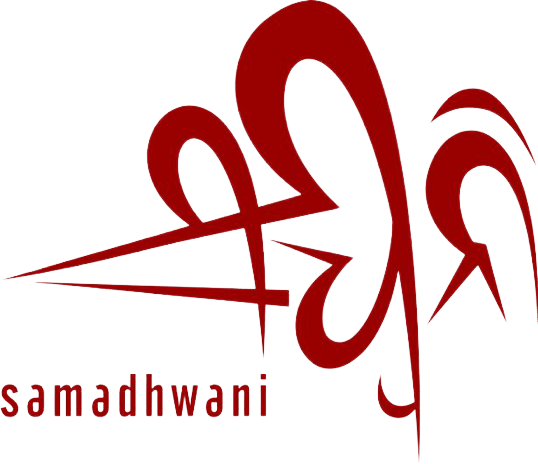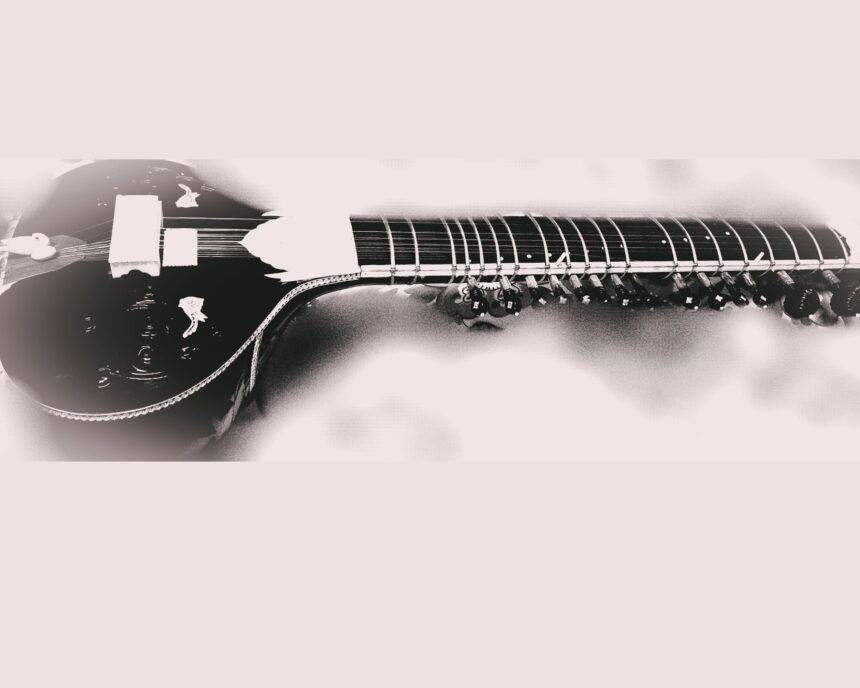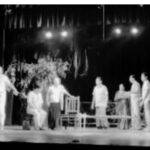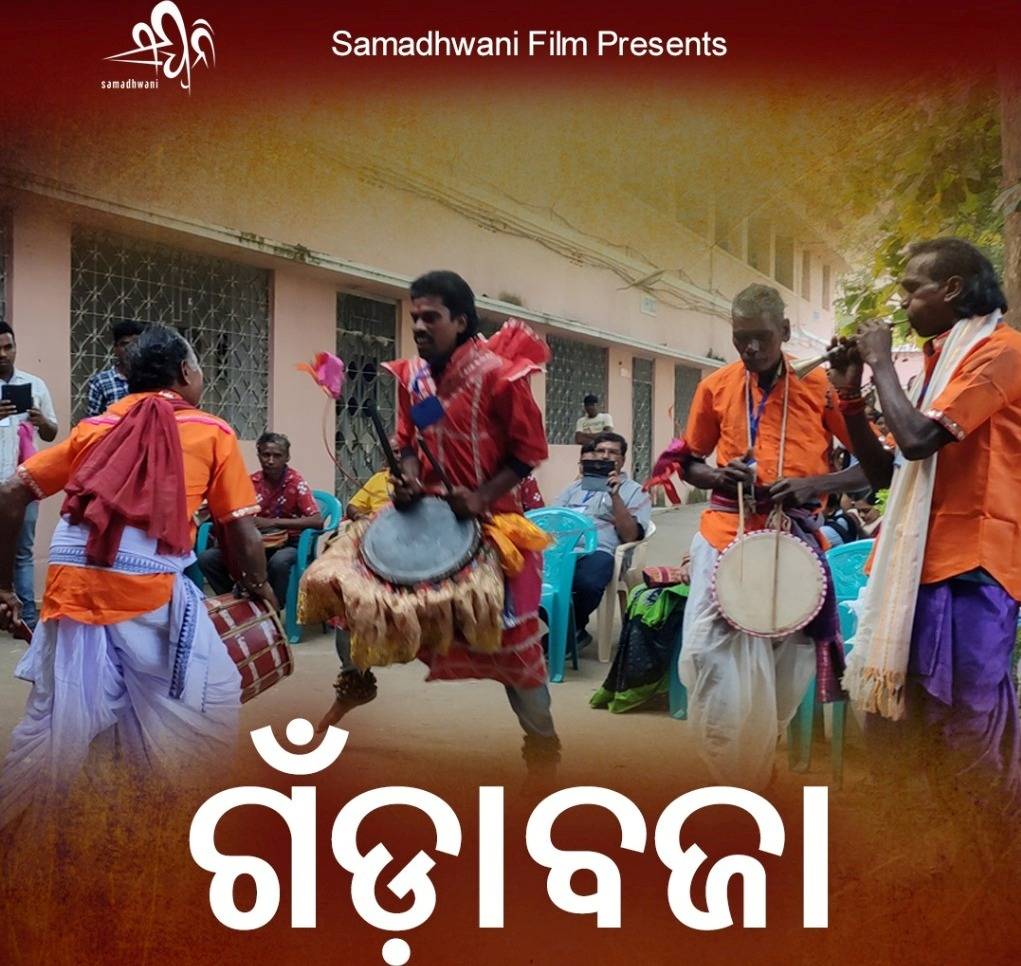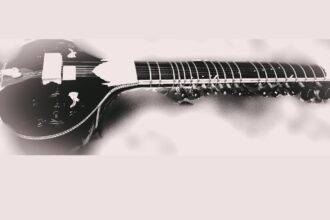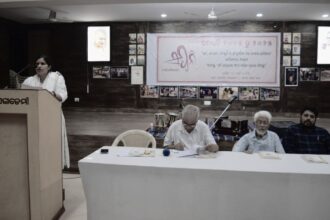“The true beauty of music is that it connects people. It carries a message, and we, the musicians, are the messengers.” — Roy Ayers
A music concert happens at a concert hall or at any setting , it is not just the music or the artist that matters. That’s a social gathering of the musicians and the music lovers (Rasikjan). Within the confines of a concert hall or any chosen setting, the ambiance becomes charged with a palpable energy. It’s not merely an auditory experience; it’s a collective journey embarked upon by both the creators and the connoisseurs. The stage transforms into a nexus where artist and audience converge, their connection forming a symbiotic relationship that elevates the entire musical experience.
Music, with its transcendent power to evoke emotions, tell stories, and create atmospheres, is a profoundly shared experience that weaves together the threads of human connection. It is a universal language that traverses cultural boundaries, resonating with the hearts and minds of people around the world. In the symphony of life, music serves as a harmonious bridge, inviting individuals to embark on a collective journey of sonic exploration and emotional expression. At its core, music as a shared experience is a communal celebration of the human spirit. Whether experienced in the intimate setting of a living room concert, the expanse of a grand concert hall, or amidst the pulsating energy of a music festival, it has the remarkable ability to bring people together. In this shared space, individuals from diverse backgrounds, each with their unique perspectives and life stories, converge to partake in the beauty of sound.The shared experience of music extends beyond the audible notes and rhythms—it encompasses the unspoken language of emotions. As listeners collectively immerse themselves in the melodies and harmonies, they enter a realm where words often fall short. Emotions become a shared currency, exchanged between musicians and their audience, creating a tapestry of feelings that resonate through the collective consciousness. The shared experience is not limited to the present moment—it echoes through time. The timeless compositions of the past find new life as they are passed down from one generation to the next, creating a continuum of shared musical heritage. In this way, music becomes a bridge that connects not only with those in the immediate vicinity but also with the voices of the past.
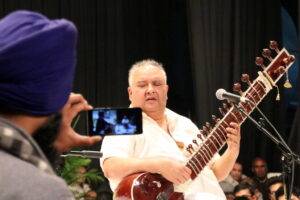
The shared experience of raga music in a communal setting is a captivating aspect that brings together individuals in a collective journey of emotional and aesthetic exploration. Raga performances often take place in concert settings where a group of listeners gathers to experience the music. The shared physical space, the ambiance of the concert hall, and the collective anticipation create a communal atmosphere. The audience, seated together, becomes part of a shared context for the unfolding musical journey. As the raga unfolds, each listener’s interpreter contributes to the collective reception of the music. While interpretations may vary, there is a shared awareness that everyone present is partaking in the same musical experience. The subtle cues of appreciation, such as Aha,Kyabaat or moments of silence, further emphasize the communal nature of the event. Certain ragas have the power to evoke universal emotions. When listeners experience similar emotional responses to the music, a shared emotional resonance is established.
The experience is often enriched by the cultural context within which the raga is performed. Listeners from the same cultural background may share a deeper understanding of the historical, religious, or cultural significance of certain ragas. This shared cultural context enhances the sense of unity and connection among the audience. In a raga concert, a form of non-verbal communication takes place between the performers and the audience. The musicians, through their expressions and musical gestures, communicate with the listeners. In turn, the audience responds collectively through gestures of appreciation, creating an unspoken dialogue that adds to the shared experience. In the contemplative moments between musical phrases or during pauses, a collective silence often descends upon the audience. This shared silence becomes a canvas for individual interpretants to merge, allowing listeners to reflect on the nuances of the music collectively. It’s a shared pause that deepens the communal connection.Attending a raga concert can create a sense of belonging among the audience members. The shared appreciation for the art form and the collective response to the music contribute to a feeling of unity and shared identity. This sense of belonging is heightened when listeners recognize and resonate with each other’s responses.
The shared moments during performances serve as a wellspring of inspiration and encouragement for artists. Countless musicians have undergone transformative encounters—unique life experiences that have left an indelible mark on their musical expressions.These extraordinary shared experiences shape the way artists present their music, infusing it with a depth and richness that goes beyond mere technical proficiency.Whether it’s the elation of a successful performance or the intimate exchange of emotions with a captivated audience, these shared experiences become pivotal chapters in the artist’s journey. They not only influence the artist’s musical presentations but also contribute to the authenticity and relatability of their work.
